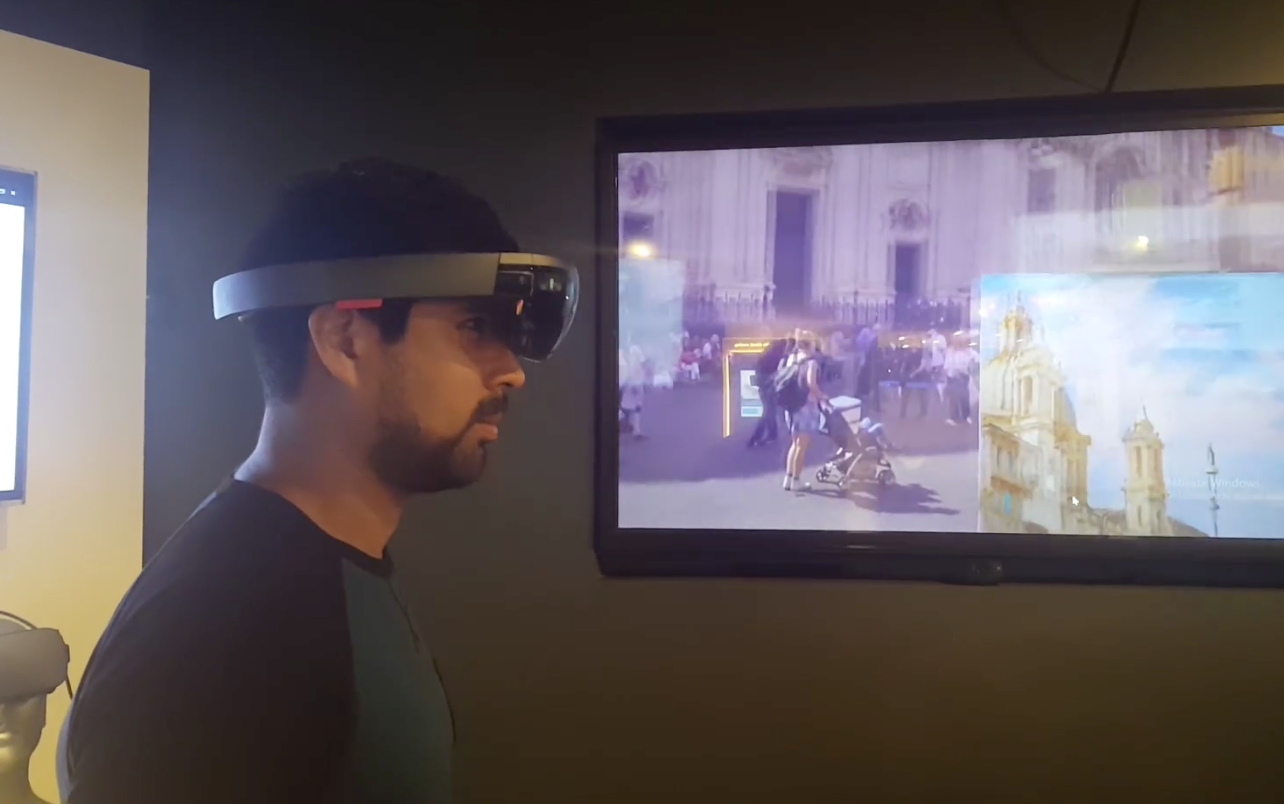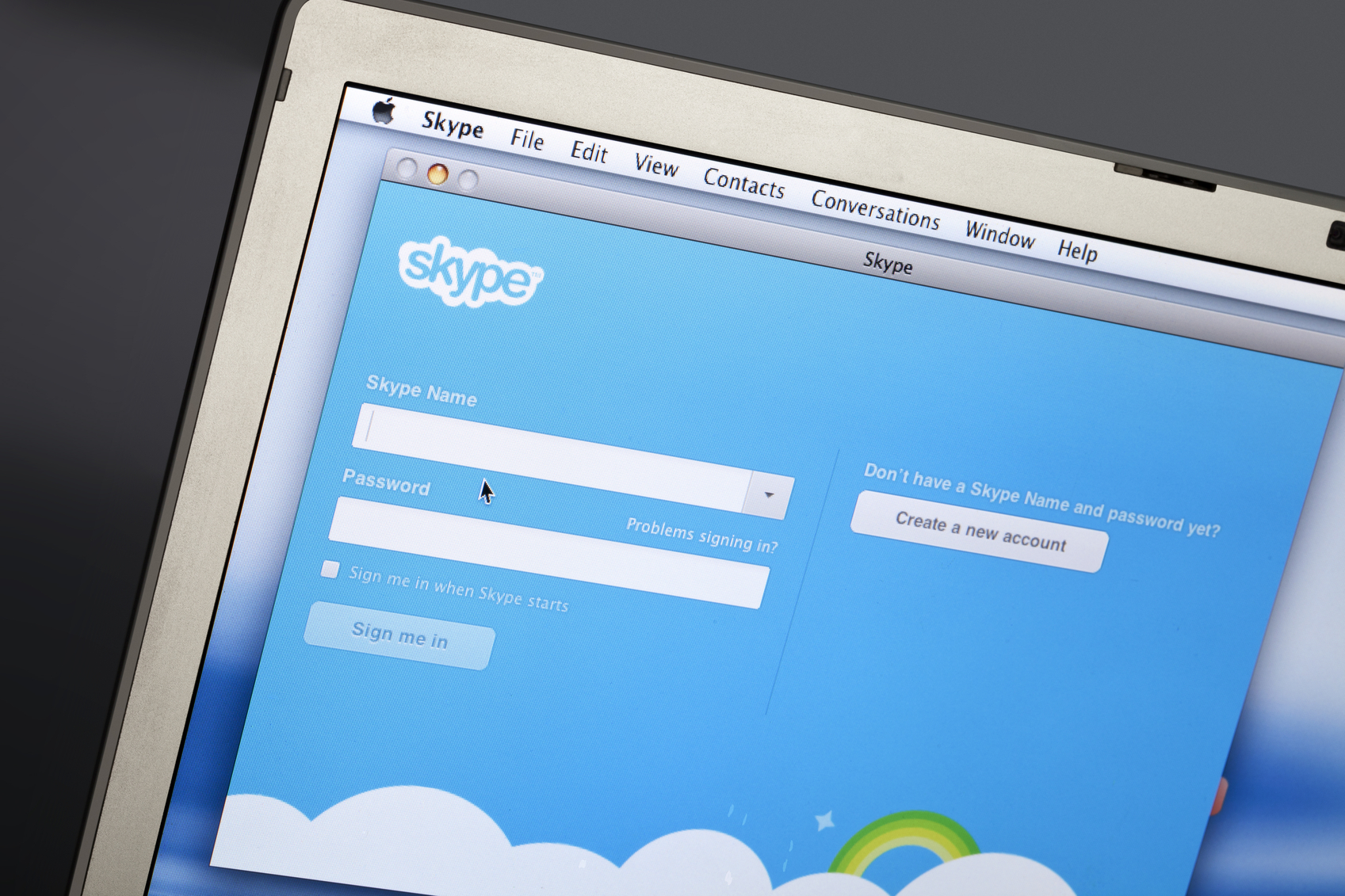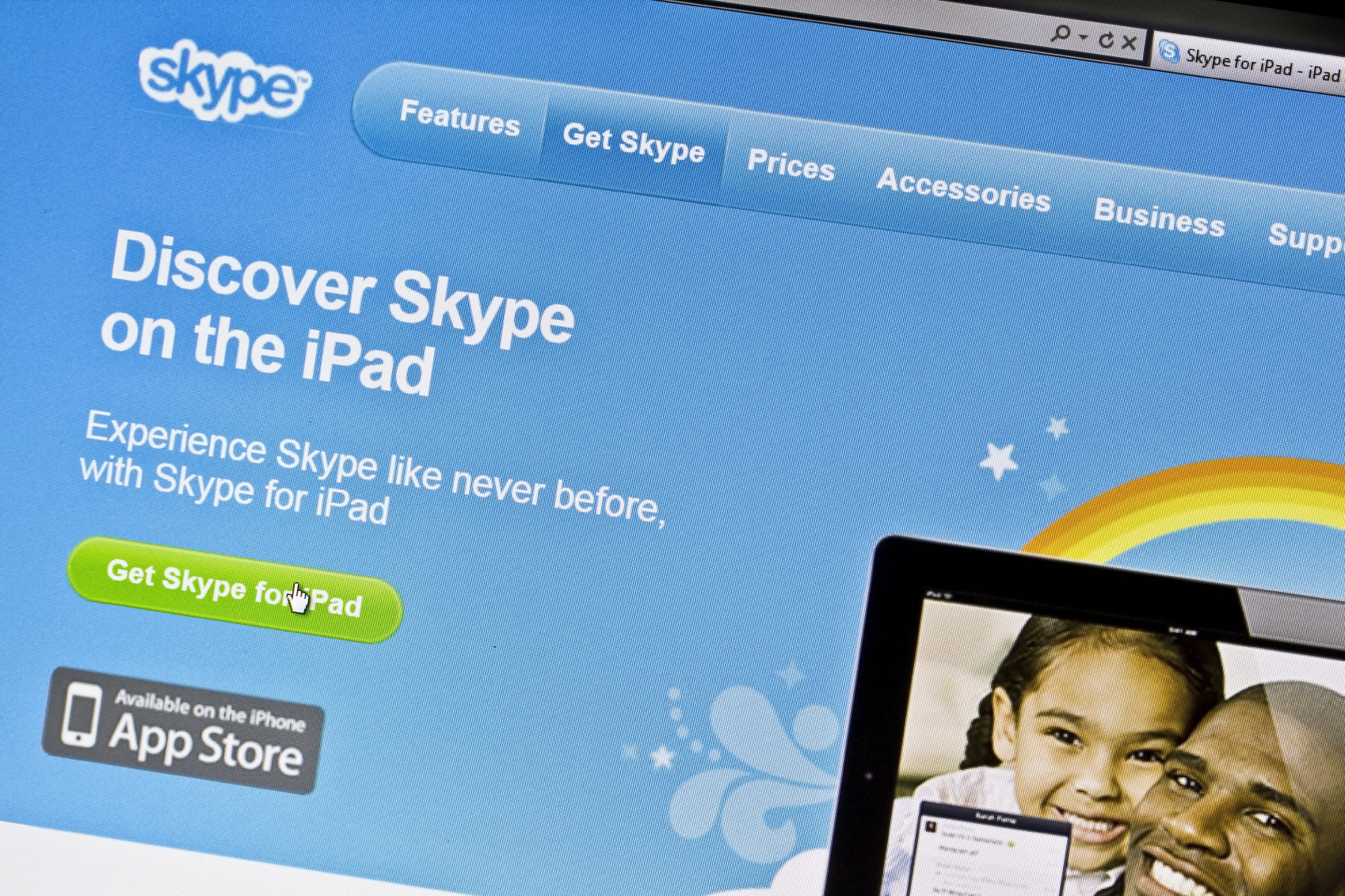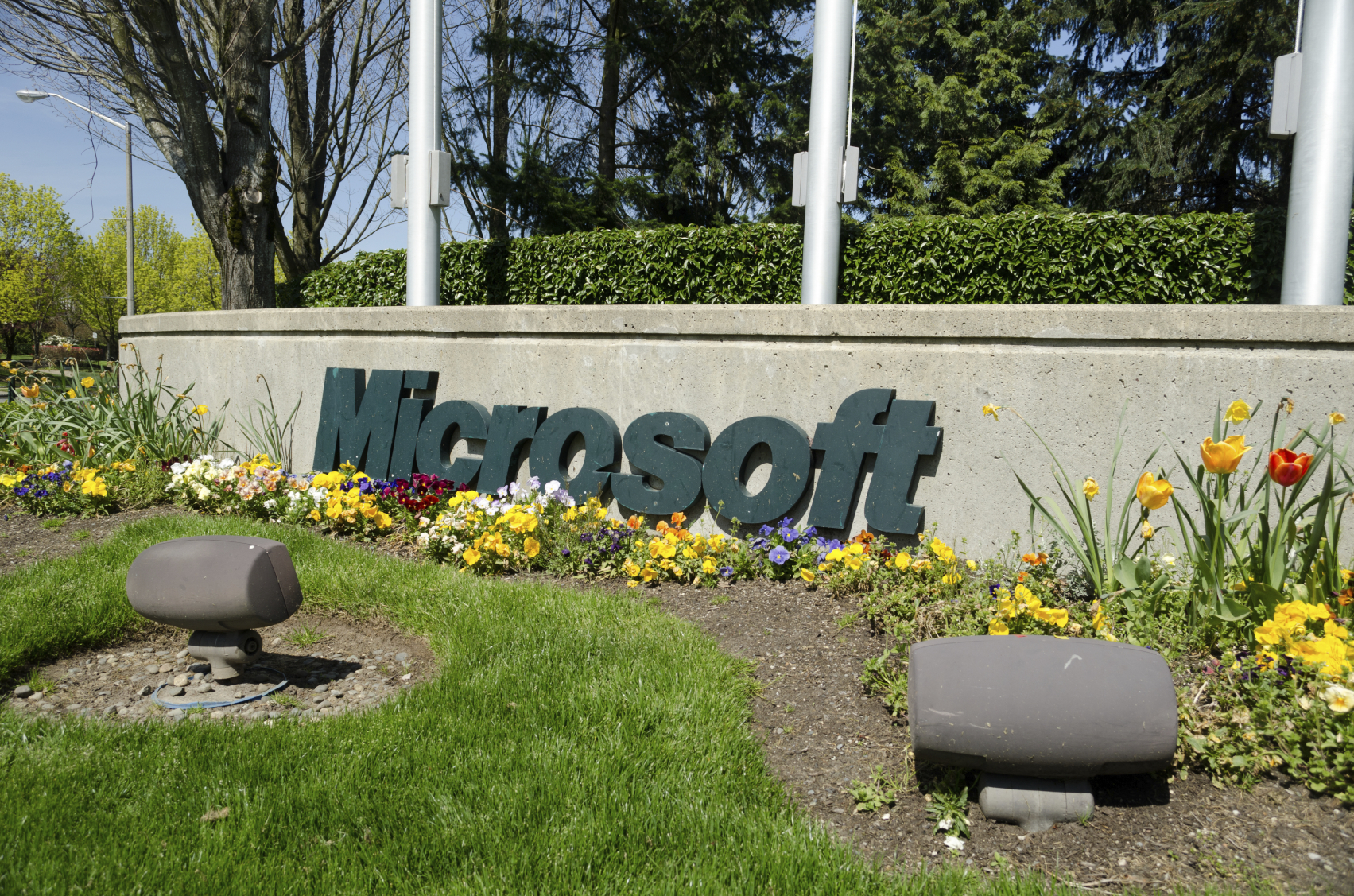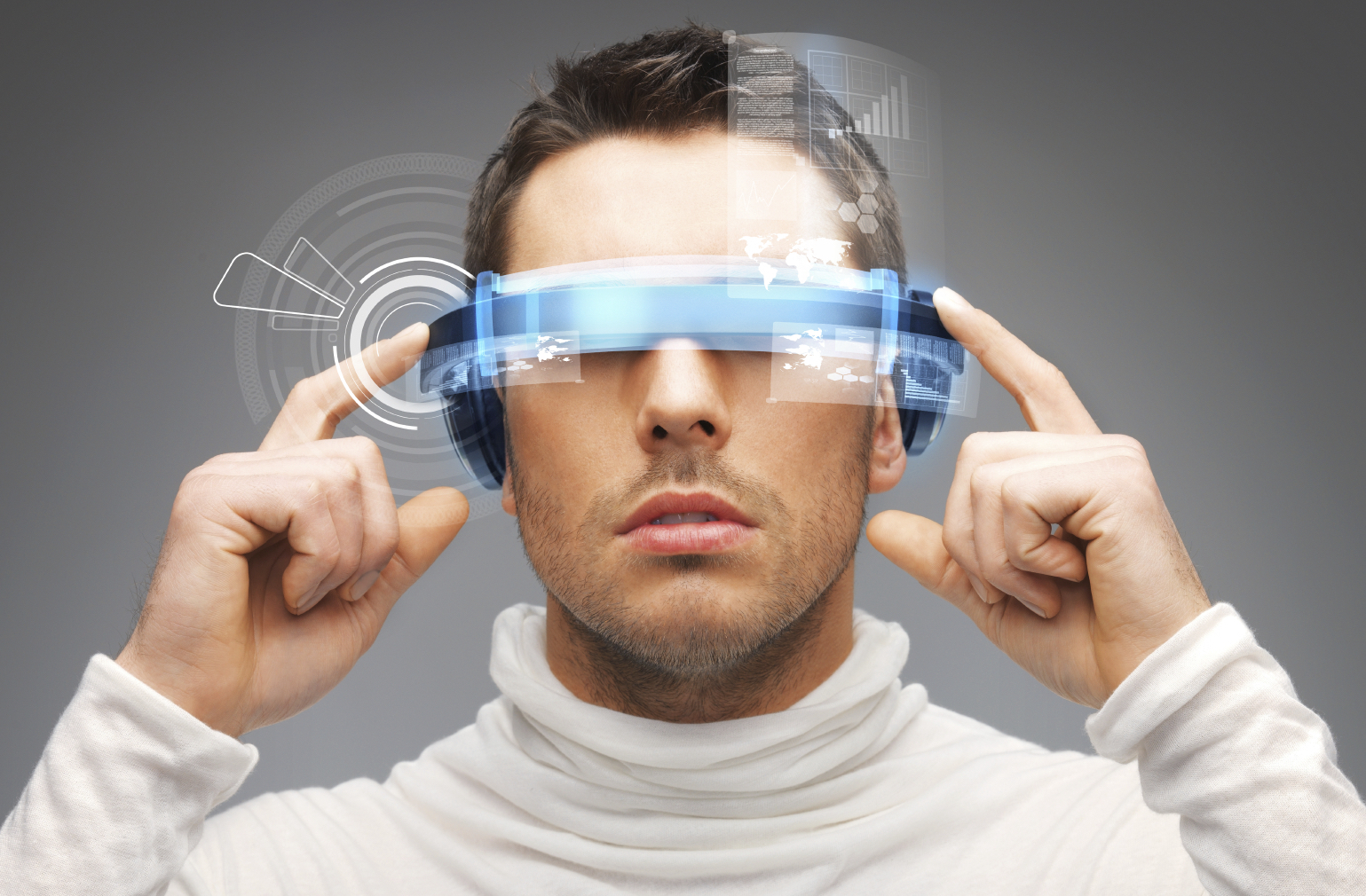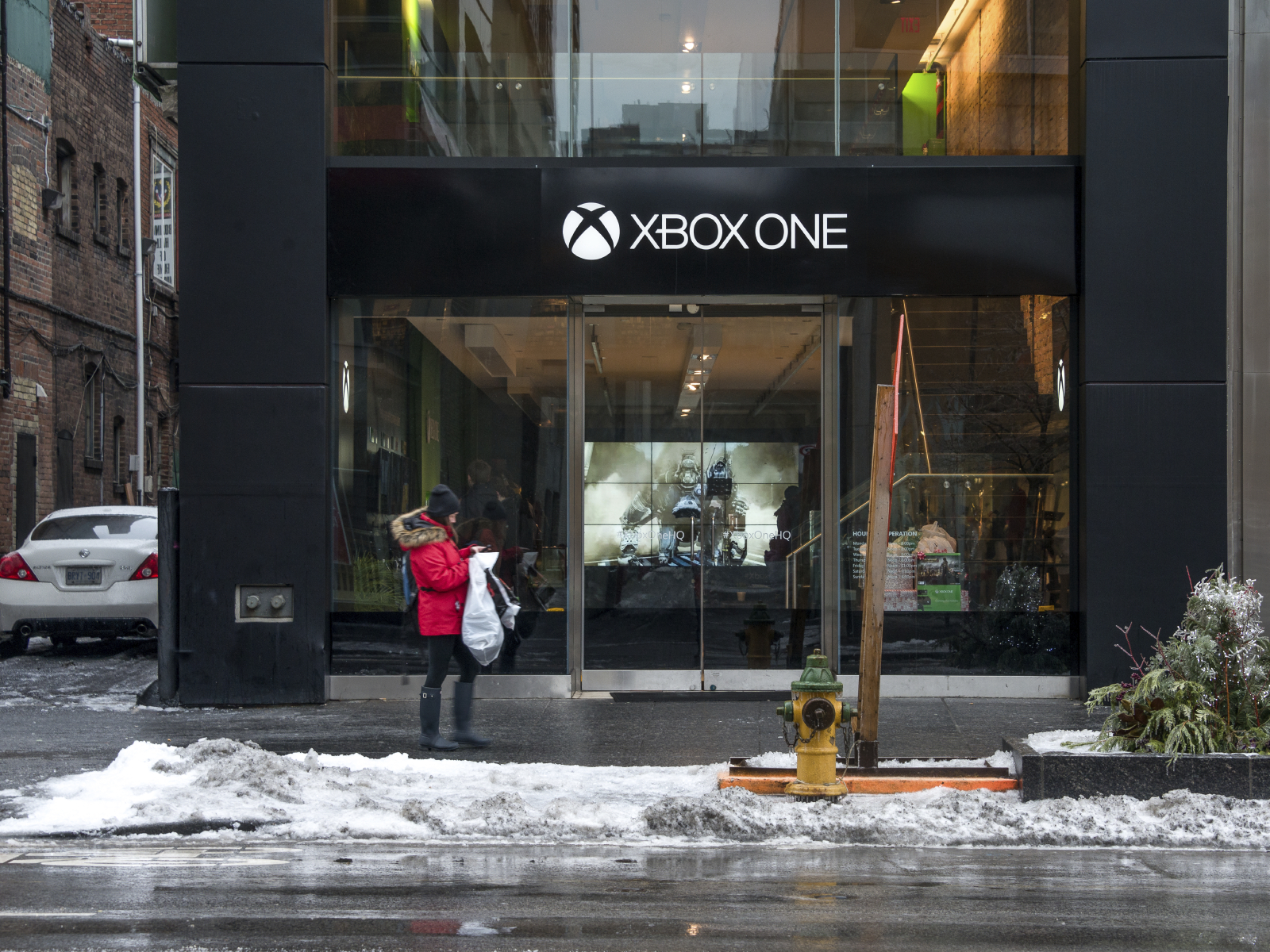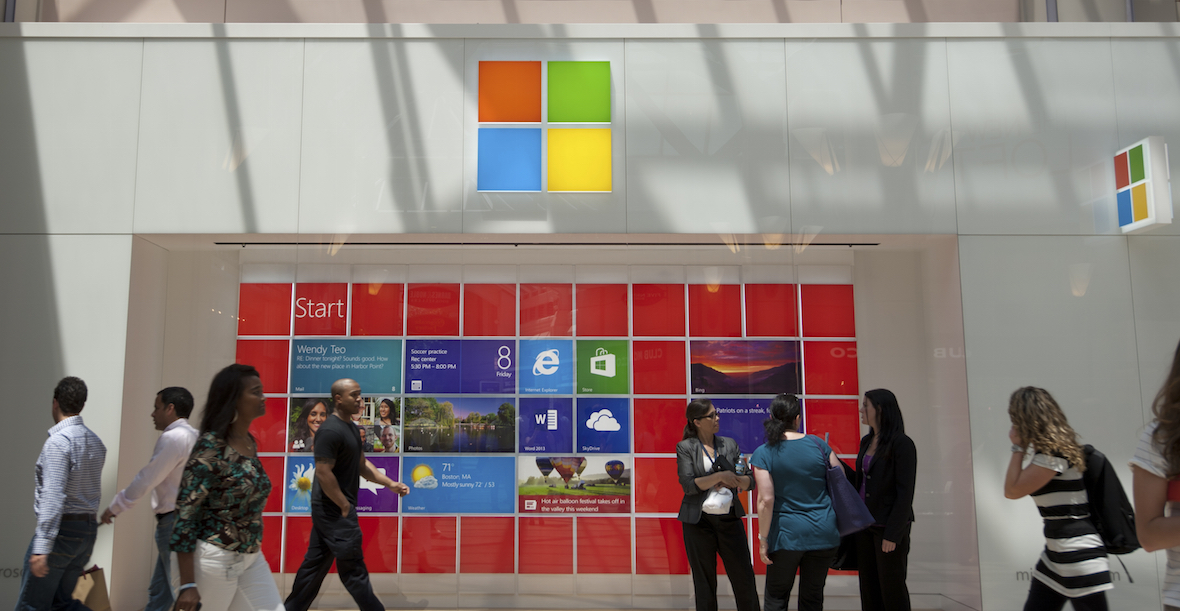What Happened
If you have been waiting to experience the magical augmented reality generated by HoloLens, Microsoft has good news for you. The company announced on Tuesday that it is starting to sell its HoloLens AR glasses to all business customers in the U.S. and Canada on a limited basis. Previously, only developers and select business customers developing showcase apps were able to get their hands on the $3,000 HoloLens Development edition. Now, companies can purchase up to five HoloLens devices for internal use and development. And since all Microsoft requires is an address in the U.S. or Canada and a Microsoft account, technically anyone can now buy a HoloLens if they have three grand to spare.
What Brands Need To Do
As we pointed out in our recent Fast Forward on the Pokémon Go phenomenon, AR technology holds great potential for brands to explore, especially in its capability to bridge the physical and digital world. Thanks to Pokémon Go, a mass audience is falling in love with augmented reality, opening the door for brands to leverage AR to reach consumers. Therefore, brands that wish to stay ahead of the curve should consider investing in some HoloLens devices, which is arguably the most mature AR headset in the market right now.
The Lab has extensive experience with AR technologies and how they apply to marketing. For anyone that has yet to experience augmented reality, the Lab has a HoloLens that is ready for demo. Please get in touch with our Client Services Director Samantha Holland ([email protected]) if you’d like to request a HoloLens demo or have a client opportunity.
Source: ZDNet
